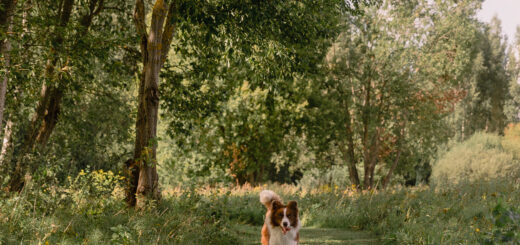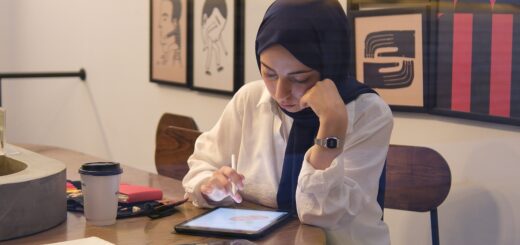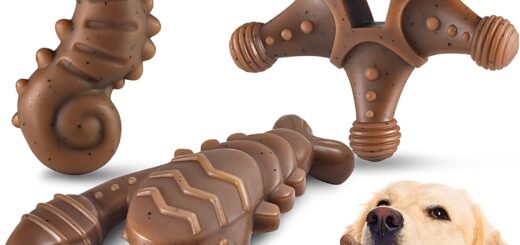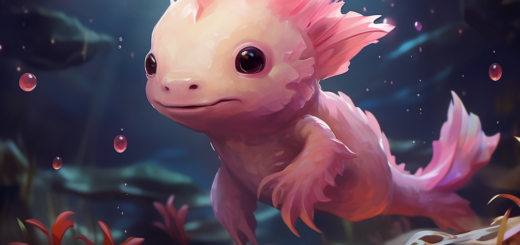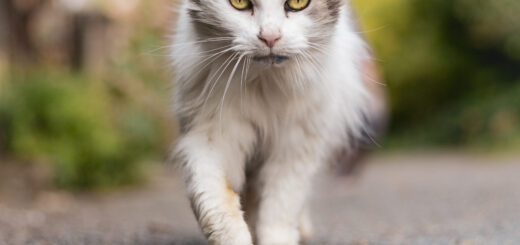The ABCs Of House Training: Potty Training Your Puppy
So, you’ve recently welcomed a furry bundle of joy into your home – a cute little puppy! While those adorable puppy eyes and playful antics bring a lot of joy, there’s one aspect of pet ownership that can be a bit daunting: potty training. But fear not, because in this article, we’re going to give you the ABCs of house training. From establishing a routine to positive reinforcement, you’ll learn all the essential tips and tricks to help your puppy become a potty-trained pro. Say goodbye to those indoor accidents and hello to a clean, happy home!
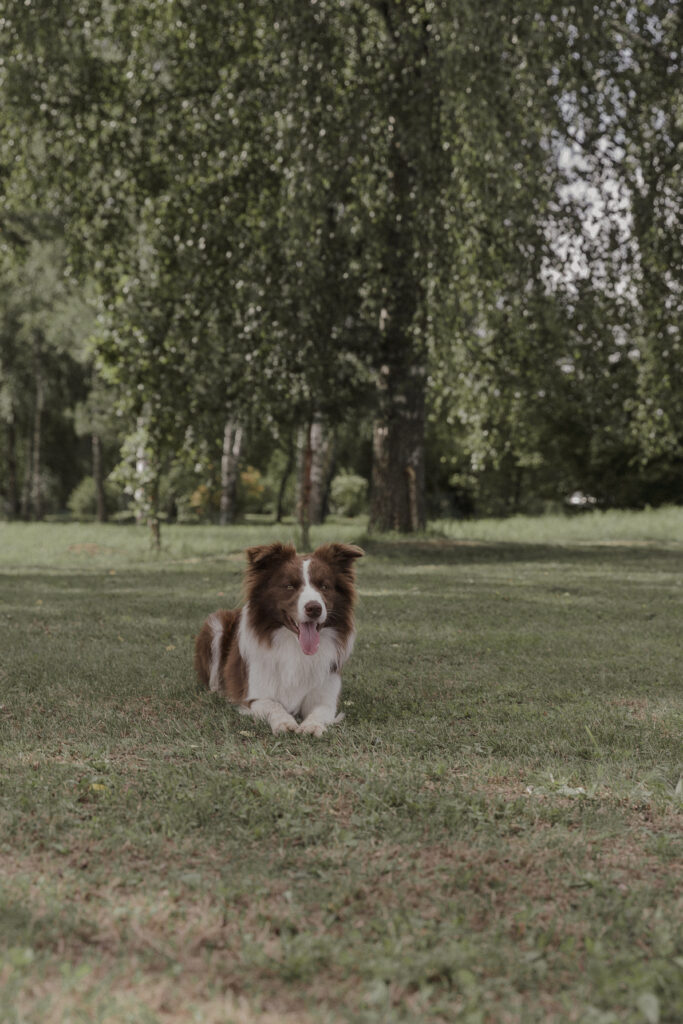
This image is property of images.pexels.com.
Choosing the Right Method
Crate Training
Crate training is a popular method for potty training puppies. By using a crate, you create a cozy and secure space for your puppy to call their own. Dogs are naturally den animals, and the crate becomes their den. This method works by teaching the puppy to hold their bladder and bowels while inside the crate, and then taking them outside to the designated potty area when it’s time to eliminate.
Paper Training
Paper training is another method that can be effective, especially for small dogs or those living in apartments without easy access to outdoor spaces. With this method, you designate a specific area in the house where you place newspapers or potty pads. You then train your puppy to eliminate on the papers, gradually reducing the area covered until they only use a specific spot. This method requires consistency and regular cleaning, as puppies may confuse other papers or rugs with the designated area.
Scheduling Method
The scheduling method involves establishing a strict routine for feeding and bathroom breaks. You set specific times for meals and take your puppy outside to eliminate shortly after eating. By sticking to a schedule, you help regulate their digestion and make it easier for them to learn when and where to go. This method requires commitment and consistency, as you must adhere to the set schedule every day.
Preparing for Success
Designated Potty Area
Before bringing your puppy home, it’s important to designate a specific area outside where you want them to potty. This area should be easily accessible and away from high traffic areas. By consistently taking your puppy to the same spot, they will quickly learn that this is the appropriate place to eliminate.
Potty Pads or Newspaper
If you choose to paper train your puppy, make sure to have plenty of potty pads or newspapers on hand. These absorbent materials will help contain any messes and make cleaning up easier. Place them in the designated potty area and gradually reduce the size of the covered area as your puppy becomes more accustomed to using the same spot.
Cleaning Supplies
Accidents are bound to happen, especially during the early stages of potty training. It’s important to have appropriate cleaning supplies on hand to immediately clean up any messes. Use an enzymatic cleaner specifically designed for pet stains and odors to ensure that any lingering scents are eliminated. Avoid using cleaners with ammonia, as the smell can actually attract your puppy to eliminate in the same spot again.
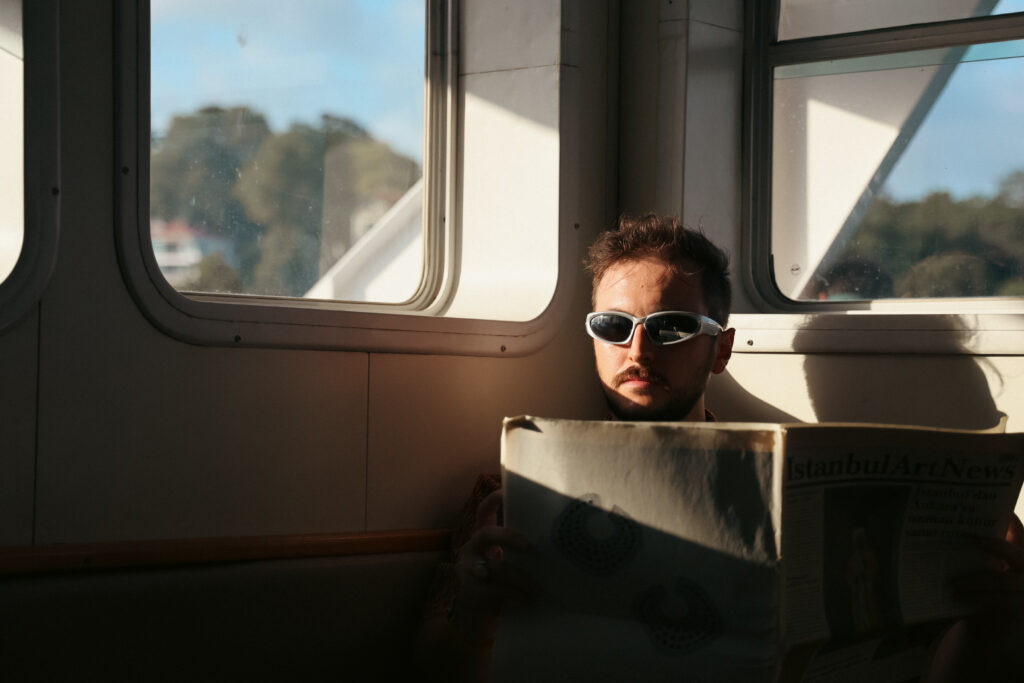
This image is property of images.pexels.com.
Establishing a Routine
Consistent Feeding Schedule
A consistent feeding schedule is crucial for establishing a routine with your puppy. Feed them at the same times each day, and avoid leaving food out all the time. By regulating their meals, you can predict when they will need to eliminate and plan bathroom breaks accordingly.
Regular Bathroom Breaks
Take your puppy outside for bathroom breaks at regular intervals throughout the day. Young puppies typically need to go outside every 1-2 hours, while older puppies can hold it for longer periods. Pay attention to signs that they need to go, such as sniffing, circling, or whining. Taking them out immediately after waking up, after meals, and before bedtime is particularly important.
Reward System
Positive reinforcement is a key component of potty training. When your puppy eliminates in the appropriate spot, praise them enthusiastically and give them a treat. This helps them associate going potty outside with positive experiences. It’s important to reward them immediately after they eliminate, as they may not understand if you wait too long. Consistency is key in establishing this reward system.
Managing Accidents
Avoid Punishment
Accidents are inevitable during the potty training process, but it’s important to avoid punishing your puppy. Yelling, scolding, or rubbing their nose in the mess will only confuse and scare them. Instead, focus on prevention and redirection. If you catch your puppy in the act of eliminating indoors, calmly interrupt them and take them outside to finish. Clean up the accident without drawing attention to it, as your puppy may not connect the punishment to the behavior.
Immediate Cleanup
When accidents do happen, it’s crucial to clean them up immediately. Use paper towels or a cloth to pick up solid waste, and then blot up any urine with absorbent materials. Make sure to use an enzymatic cleaner to thoroughly clean the area, as regular household cleaners may not fully eliminate the odor. Avoid using ammonia-based cleaners, as the smell can actually attract your puppy to eliminate in the same spot again.
Neutralizing Odors
Even when accidents are properly cleaned up, lingering odors can signal to your puppy that it’s an acceptable spot to eliminate. To neutralize odors, use an enzymatic cleaner specifically designed for pet stains and odors. These cleaners break down the organic matter that causes the odor, ensuring that your puppy won’t be tempted to go back to the same spot again.
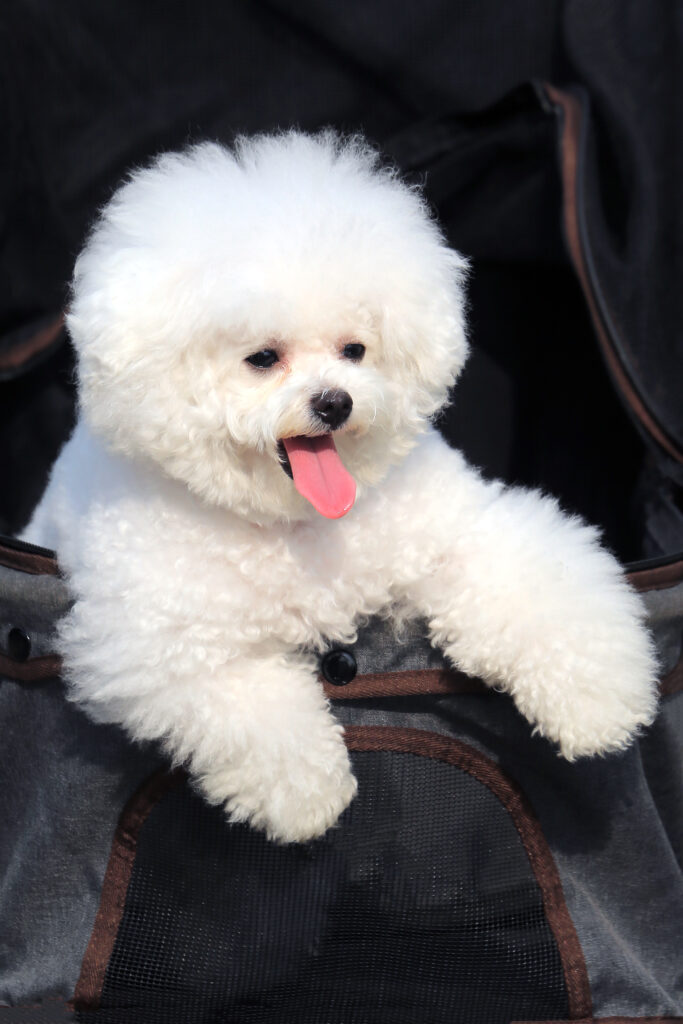
This image is property of images.pexels.com.
Gradual Expansion of Freedom
Increasing Access to the House
As your puppy becomes more reliable with their potty training, you can gradually increase their freedom around the house. Start by allowing them access to one room at a time, then expand to additional rooms as they consistently potty outside. This gradual expansion helps prevent accidents and reinforces their understanding of where it is appropriate to eliminate.
Outdoor Elimination Training
While initially focusing on potty training indoors, it’s important to eventually transition your puppy to eliminating outside exclusively. This can be done by gradually reducing the amount of use of potty pads or newspapers indoors, and providing more opportunities for your puppy to eliminate outside. Take them to the designated potty area regularly and praise them when they eliminate outdoors.
Off-leash Supervision
Once your puppy is reliably potty trained, you can give them more freedom by allowing them off-leash supervision. This means allowing them to move around the house without constant monitoring. However, it’s essential to remain vigilant and watch for any signs that they need to go outside. Gradually increase the off-leash time as your puppy consistently eliminates in the appropriate spot and shows good bathroom habits.
Dealing with Challenges
Fear or Anxiety
Some puppies may develop fear or anxiety around potty training, especially if they have had a negative experience in the past. If your puppy shows signs of fear or anxiety, such as cowering, hiding, or refusing to eliminate outside, it’s important to address their emotions. Take a step back in the training process and provide plenty of positive reinforcement for any progress they make. Gradually rebuild their confidence and create a positive association with going potty outside.
Marking Behavior
Marking behavior, where a dog urinates in small amounts to mark their territory, can pose a challenge during the potty training process. This behavior is more common in adult dogs, but some puppies may exhibit it as well. To address marking behavior, ensure that your puppy is thoroughly potty trained and consistently reinforced for eliminating in the appropriate spot. If marking continues to be a problem, consult with a professional trainer for guidance and assistance.
Regression
Occasionally, puppies may experience regression in their potty training progress. This can happen due to changes in routine, stress, or medical issues. If your puppy starts having accidents again after previously being reliably potty trained, it’s important to rule out any underlying health issues. If no medical issues are found, go back to basics and reinforce the training process. Provide extra supervision, take your puppy out more frequently, and make sure they are receiving plenty of positive reinforcement for eliminating in the appropriate spot.
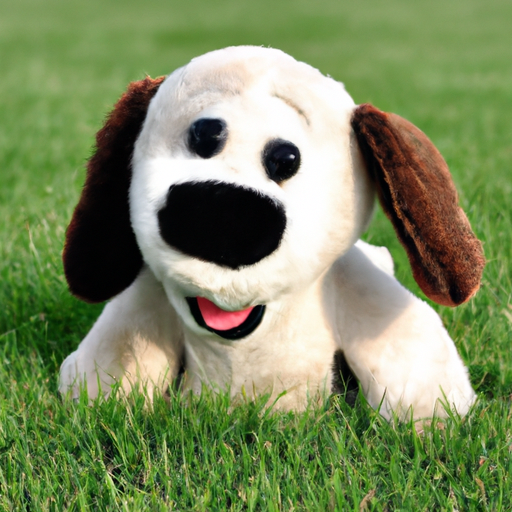
Additional Tips
Patience and Persistence
Potty training can be a challenging process, but it’s important to remain patient and persistent. Each puppy learns at their own pace, and setbacks are normal. Stick to your chosen method, provide consistent guidance, and celebrate each small success along the way.
Monitoring Water Intake
To help regulate your puppy’s bathroom habits, monitor their water intake. Avoid giving them excessive amounts of water or leaving water out all the time. By controlling their access to water, you can better predict when they will need to eliminate and plan bathroom breaks accordingly.
Working with a Professional Trainer
If you are struggling with potty training despite your best efforts, don’t hesitate to seek help from a professional trainer. They have the knowledge and experience to assess your specific situation and provide guidance tailored to your puppy’s needs. A trainer can help you troubleshoot any challenges, fine-tune your training methods, and support you throughout the potty training process.
By choosing the right method, preparing for success, establishing a routine, managing accidents, gradually expanding freedom, and dealing with challenges, you can successfully potty train your puppy. Remember to be patient, consistent, and positive in your approach. With time and diligence, your puppy will become a potty training pro, and you can enjoy a clean and accident-free home together.


